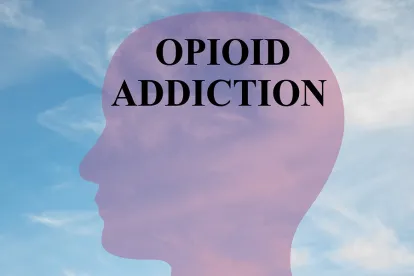Beginning March 19, 2019, naltrexone drug products, including Vivitrol, dispensed pursuant to an outpatient prescription and indicated for the treatment of alcohol dependence or the prevention of relapse to opioid dependence must be reported to the Ohio Automated Rx Reporting System (OARRS). While naltrexone drug products must be reported to OARRS, pharmacists and prescribers will not be required to request or review an OARRS report prior to prescribing or dispensing a product containing naltrexone. This rule change, promulgated by the Ohio Board of Pharmacy, exempts the following entities from the requirement to report naltrexone data to OARRS:
- Prescribers who personally furnish naltrexone products;
- Wholesale distributors, virtual wholesalers, manufacturers, and outsourcing facilities conducting wholesale sales of naltrexone in Ohio; and
- All pharmacies licensed as terminal distributors of dangerous drugs that conduct occasional wholesale sales (i.e. non-patient specific) of naltrexone to other pharmacies or to a prescriber.
OARRS has been an essential part of Ohio’s fight against opiate abuse by tracking the dispensing of controlled prescription drugs to Ohio patients. OARRS data is used by prescribers and pharmacists to identify high-risk patients and assist in monitoring suspected abuse or diversion of controlled substances. The addition of naltrexone products, which are not considered controlled substances under federal or state law, to the OARRS reporting requirements broadens the scope of information available to prescribers and pharmacists for the expressly stated purpose of assisting prescribers and pharmacists in identifying individuals who may be receiving treatment for substance use disorders.[1]
The new Ohio naltrexone reporting requirements are antithetical to the goals and objectives of 42 C.F.R. Part 2, the federal regulations that govern the confidentiality of substance use disorder patient records. 42 C.F.R. Part 2 was enacted to maintain the confidentiality of substance use disorder records in order to assuage the stigma associated with treatment for substance use disorders and ensure that those patients receiving treatment for a substance use disorder do not face adverse consequences as a result of their association with substance abuse. This new Ohio OARRS reporting obligation may have the unintended effect of eroding the protections of confidentiality afforded to patients with substance use disorders under federal law.
The Ohio Board of Pharmacy has issued guidance on the naltrexone reporting requirements, available here. Please contact your Dinsmore health care attorney if you have any questions about OARRS reporting obligations.
[1] See OARRS E-Newsletter, January 2019, available at https://www.ohiopmp.gov/Documents/january%202019.pdf.




 />i
/>i
